The rise of the relay marathon
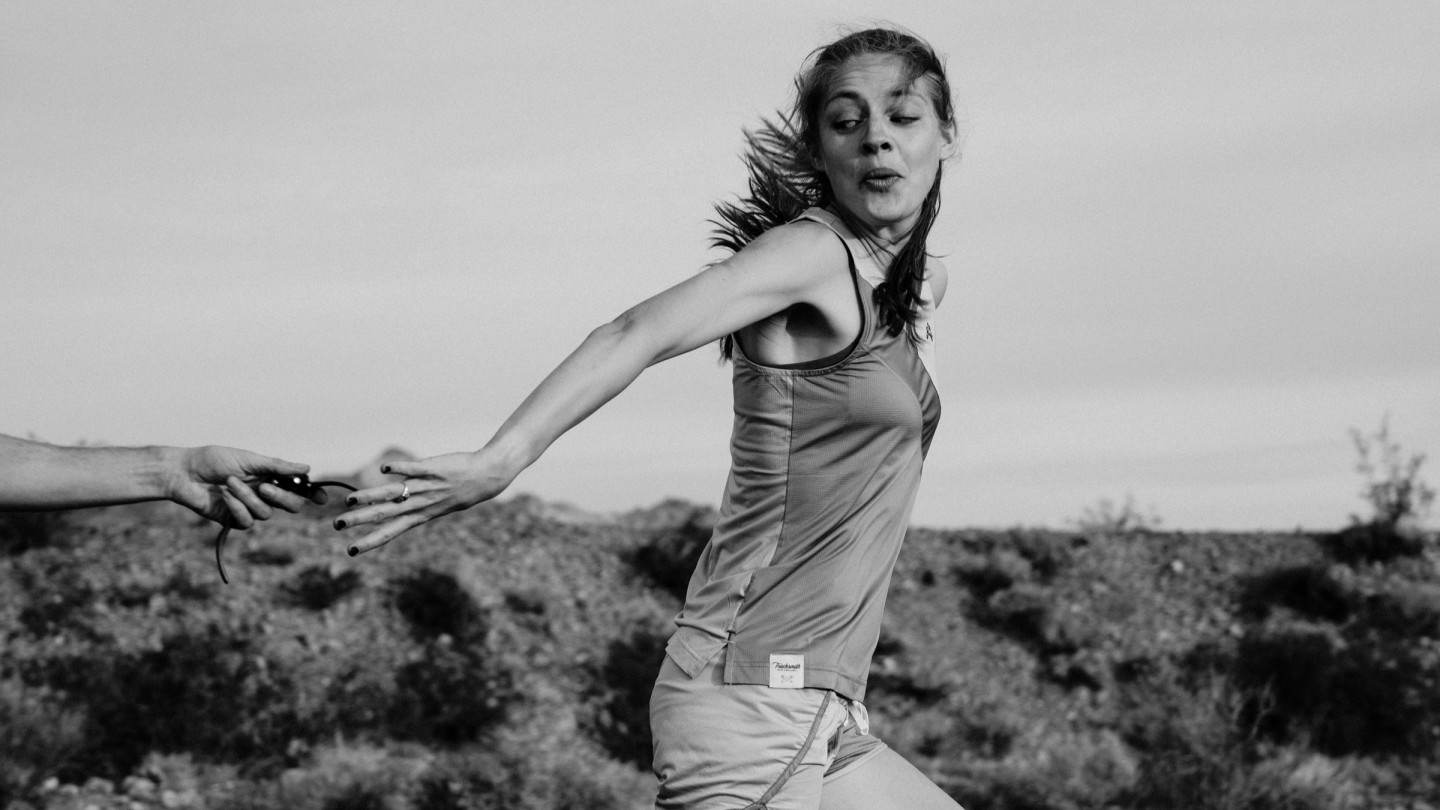
Roula Khalaf, Editor of the FT, selects her favourite stories in this weekly newsletter.
It’s 3am somewhere in the Polish countryside, and you’re running through a swamp. Insects bite at your legs as you wade through 10km of sludge at pace: soon, you’ll navigate your way to a designated meeting point where an RV carrying four of your teammates will pick you up to hand over the baton to the next runner. It’s pitch black, there are no signposts for the route, and all you’ve got is a head torch.
It won’t be most people’s idea of fun. But Patrick Deba insists it’s “all part of the adventure” of Border To Hel, a 400km border-to-border relay race in Poland that his running club Swords Athletics founded in 2019 – and which sounds, at times, like a literal interpretation of its homophone. Teammates each run around 65km, over a non-stop 30 hours; they also take it in turns to drive the van, cycle [alongside the runner] and navigate, as well as eat and attempt to sleep. It’s a hectic experience. “Anything can happen,” says Deba. “You get lost. You get flat tyres or stuck in mud. The van is pretty cramped.”
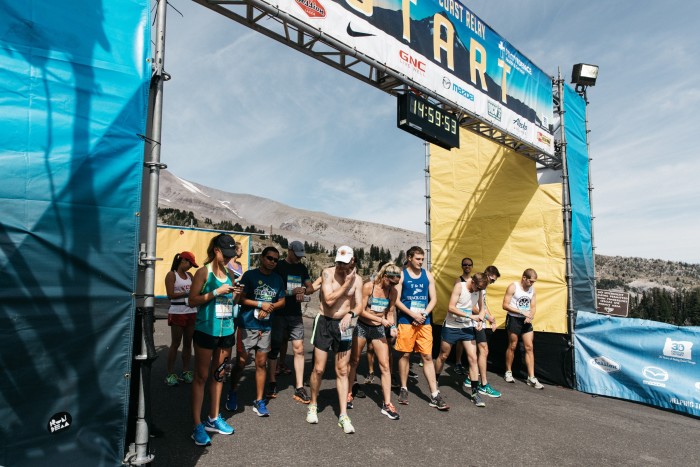
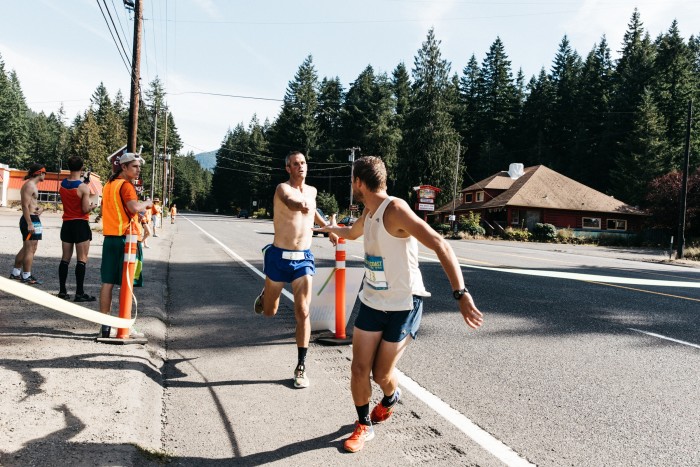
Long-distance relay races around the world are surging in popularity. Established events, such as Hood To Coast in Oregon, are seeing peaking demand from international teams, while newer races are on an upwards trajectory. Tribe held its debut Relay Across Scotland in 2021, where runners hotfooted it 250km from east to west in crews of eight. Next year, it will be held in Ireland. EuroTrip, a DIY event that sees runners traverse one European city to another, launched in 2022. Last year, it was 400km from Cologne to Bruges; this year it ended in Strasbourg. Some 100 runners from Amsterdam, Berlin, London and Paris joined Border To Hel’s start line in Świnoujście last month. It began as a guerrilla event; the first edition had just six competitors.
Relays are the perfect Venn diagram of fitness trends: a mix of ultra-marathoning, trail running and the great outdoors. But this newfound traction can be attributed in part to The Speed Project (TSP) – an intimidating, unsanctioned 548km schlep from Santa Monica to Las Vegas that has no official route, no spectators, no rules and no website. It does have plenty of Instagram followers though: its sweaty desert shots, vast mountain landscapes, empty roads and wide skies have earned it nearly 45,000 followers. Border To Hel was inspired by it. It’s unclear how to apply, which only adds to the allure. Florence Papougnot, a London-based marketing executive, ran Border To Hel in 2022 before completing The Speed Project as part of an all-woman team this March. She had seen pictures of TSP online and “found it intriguing… it was one of the best things I’ve ever done.”
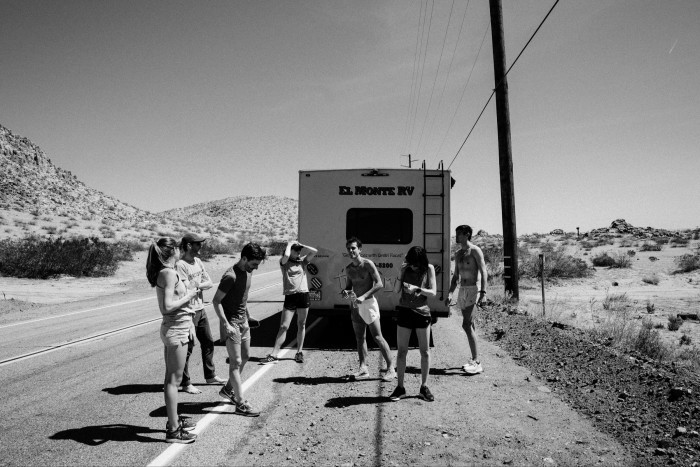
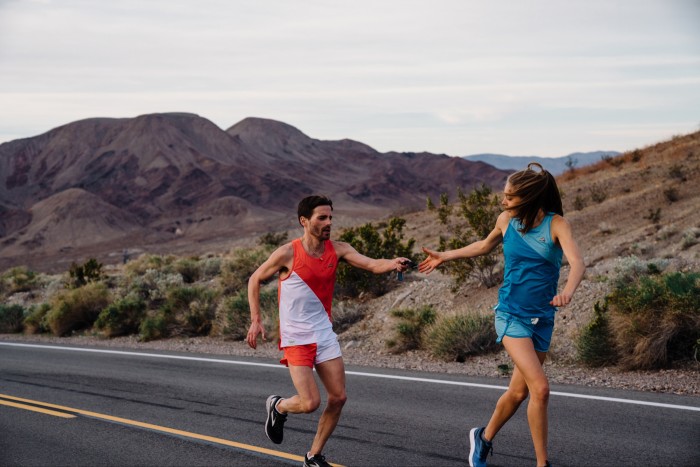
The relay marathon has historical precedents in many cultures, from ancient Greece to Aboriginals in Australia and couriers passing letters between Tokyo and Kyoto in Edo-era Japan. But it was the New York fire service that turned it into a baton race as part of a charity fundraiser, in the 1880s. The first Olympic relay was run in 1908; later it became a symbol of peace between nations via its torchbearer procession, after the second world war.
Today, they’re mostly an excuse to go on holiday. “I’d never been to the US before,” says Papougnot. “I saw things and met people I wouldn’t normally find on an ordinary tourist trail.” She cites “incidents with dogs and barbed wire at night” among them. It allows people the chance to really experience a place: with each changing hour, landscapes shift along with the light. “You run next to the sea at sunset; through a meadow at sunrise,” says Deba. “It’s really moving – people often cry.” Tears of happiness, he hastens to add.
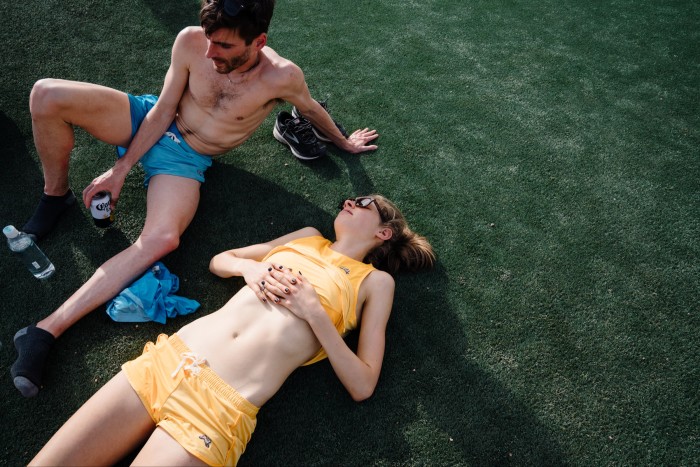
This intensity is, according to Tribe co-founder Tom Stancliffe, the ultimate way to switch off from the daily grind. The relay forces participants to stay present and test their own limits: for more than 24 hours, time elapses in 30-minute intervals. “All you can think about is whether you’re running, resting, eating or sleeping… you’re really in survival mode,” says Deba.
It’s also a bonding exercise. Running is ordinarily a solitary sport, especially competitively, but a relay offers community. It’s even becoming the new office party: Tribe’s Stancliffe says 60 per cent of teams at last year’s Scotland relay were work colleagues. “Businesses are placing more emphasis on the health and wellbeing of employees,” he says. “What could be more bonding than going to hell and back running around the lochs of Scotland? It beats sitting in the pub.” Indeed, Budapest-based clothing brand Nanushka has twice competed in the NN Ultrabalaton, a relay race in Hungary. “You get to see another side of your colleagues and meet ones who work in different departments,” says Adél Jáger, a product developer at Nanushka. The lack of hierarchy is also appealing: “You can run with your boss, but we are one team,” she says. “You both have to put in the same effort and support.”
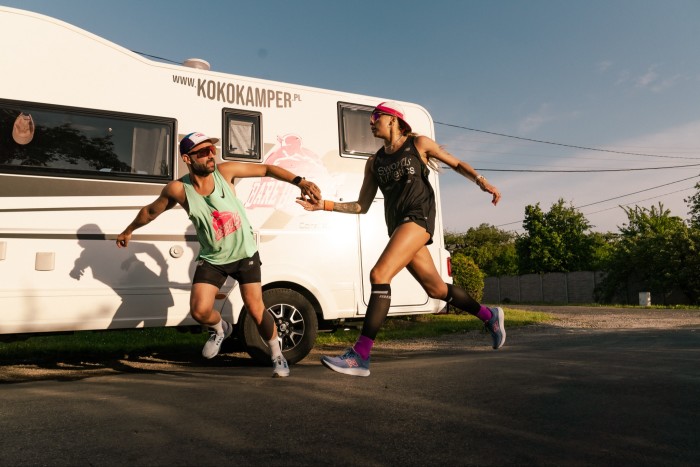
For distance runners, a relay offers an unscripted, unrestricted route that is a far cry from a hyper-controlled, facility-filled marathon. For others, such as Jáger, it’s a more accessible extreme: there’s no 12-week training plan to follow, and it’s not about individual performance. “It’s not my goal to prove that I can run long distances and race others,” she says. “Seven to eight kilometres is a distance I’m capable of.” Relays, then, are more inclusive. “It’s not that competitive,” adds Stancliffe: Tribe teams also fundraise to fight modern slavery; so far, they have raised £100,000. “People are focused on a shared goal… and the camaraderie of taking on a challenge with their friends.”
Comments